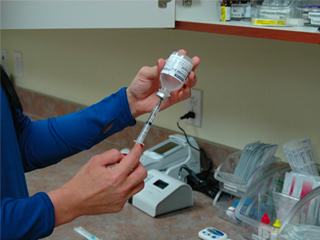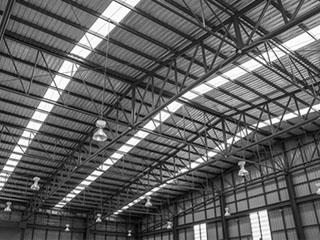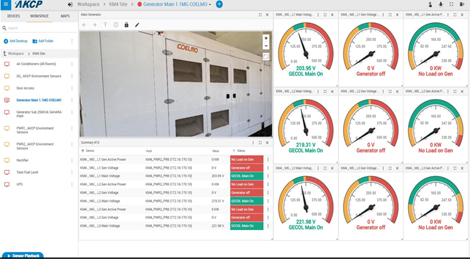Importance of Monitoring Food Storage Warehouse Environmental Conditions
Food storage warehouse serve as an invaluable link in the food supply chain. Between the fields of the farmer, the processor, the retailer, and finally the consumer. Specialized food storage facilities must undergo rigorous evaluation and adhere to precise guidelines.
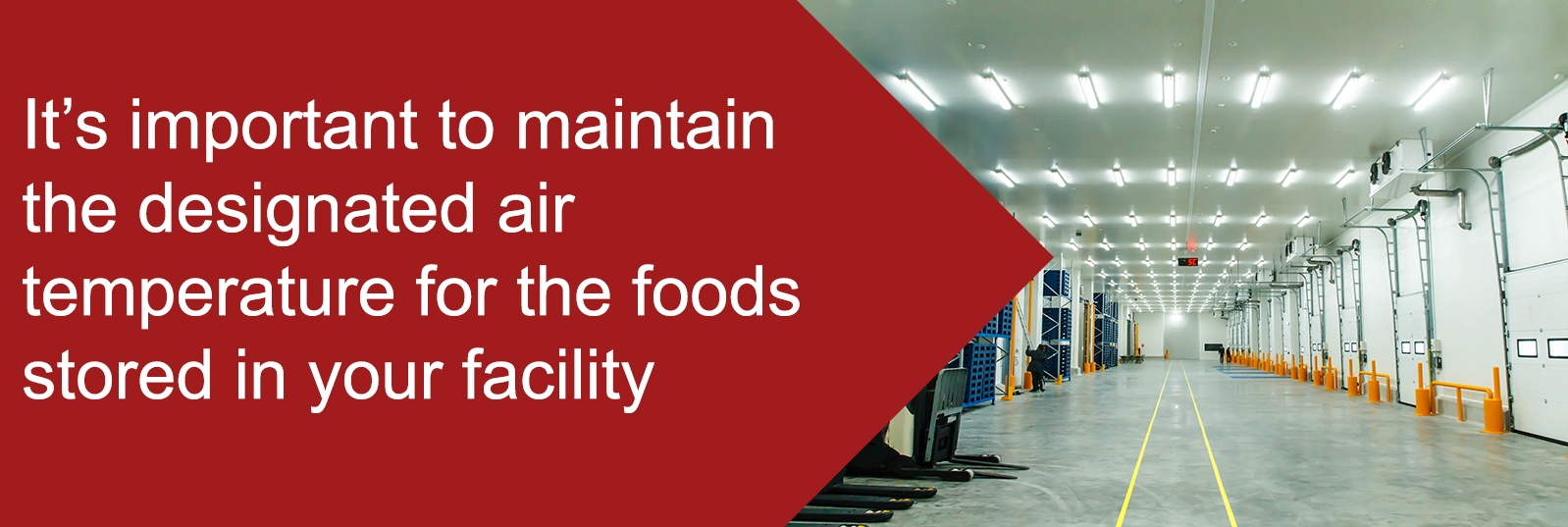
There are several types of food-grade warehouses. Some of the most common include:
Cold or frozen storage – Storage at a minimum of 0° F (-17°C)
Chilled or refrigerated storage – Storage between 34° to 39°F (1-3°C)
Dry storage – Storage between 50° and 70° F (10°-20°C)
Food-grade warehouses focus on the maintenance of proper health and sanitation to protect the food within. Proper conditions are detailed in strict guidelines. The guidelines can differ for each country or area this food is distributed.
Managing Food in a Warehouse Requires Proper Attention and Care
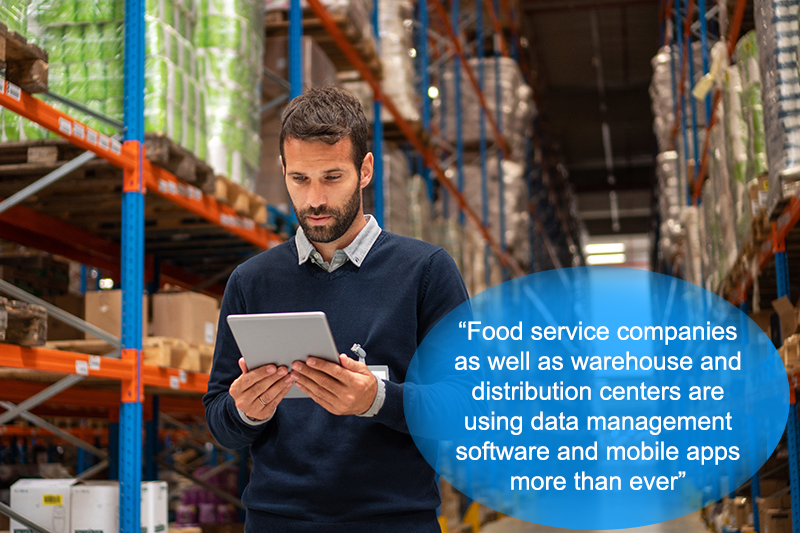
Warehouse management for food products carries a higher risk than other non-consumable products. Poor food management in warehouses can potentially be deadly. Each year 48 million people in the US alone are sick with food-related illnesses. 128,000 need hospitalization and 3,000 die. Poor food safety practices can put a company out of business. In serious cases, possible criminal charges were brought.
To protect consumers the FDA introduced stronger legislation in the form of the FSMA. The complex global supply chain has magnified the risk of tainted food. Food storage warehouse and distribution facilities should understand their obligations under the law.
Proactive management of risks by applying the most current best practices. Proper monitoring and documentation aids in regulatory compliance. Reduction of wastage saves your company money and time. You can create a safety plan and an analysis of your current practices.
Create a Food Safety Plan
it is not only food manufacturers that require a food safety plan. Facilities registered under section 415 of the Federal Food, Drug and Cosmetic (FD&C) Act, need a food safety plan. Your Food Safety Plan should contain a number of sections, most notably the following:
Hazard Analysis
According to the Food Safety Preventive Controls Alliance (FSPCA), hazard analysis is:
“The process of collecting and evaluating the information on hazards and the conditions leading to their presence to determine which hazards are significant for food safety”
A hazard analysis must be written even if no potential hazards are identified. Here is one example of a hazard analysis provided as a guideline from the FDA.
How can AKCP help?
Let’s take a closer look at each key element and how we can help. Monitoring of your critical infrastructure is crucial. It will allow your food storage facility business to succeed and not fail.
Maintaining Temperature & Humidity
AKCP offers wired sensors connecter with sensorProbe or sensorProbe+ base units. LoRa based Wireless Tunnel™ sensors provide battery-powered long-range wireless solutions. Dual temperature and humidity sensors give an audited trail of storage conditions. 24/7 monitoring assists in maintaining the required temperature and humidity for your warehouse. This avoids product spoilage and aids in compliance with food storage regulations.

High temperatures and humidity can accelerate the spoilage of food products. Humidity levels in dry storage areas should not exceed 15% Relative Humidity (RH). AKCP sensor monitoring system immediately notifies you if warehouse conditions exceed 15% RH. Alerts are sent via SMS, E-Mail, or SNMP traps. Siren and strobe lights can be triggered, and HVAC systems controlled. The Dew Point, the temperature at which water will form droplets and condense can also be monitored.
Power outages & Backup Generators
Even though our power infrastructure improves, there are still unexpected power outages. due to many factors, including the unpredictable force of mother nature. The chart below illustrates how weather-related power outages have doubled over 10-years. Unexpected power outages cause spoilage of produce. Not to mention possible legal liability.

The AKCP environmental monitoring system can include power monitoring sensors. AC Voltage sensors give basic information on the status of AC power in your facilities. With dry contact and relay outputs, generators are automatically started.
Remote Access 24/7
Hourly checking of temperature and humidity is recommended to maintain a consistent and optimal environment for food storage warehouse. This should take place every day, including weekends and holidays. A monitoring system will always be working. Remote access displays sensor data and graphs, putting you always in control. Exported Graphs provides an audited trail of environmental conditions.
AKCP sensorProbe+ and LoRa Gateways all include advanced sensor data graphing. Create custom reports based on each sensor, or time period.
Centralized Remote Site Management Software
The heart of any monitoring system is management software. A food storage warehouse can contain many sensors. These are monitored and managed from a single user interface. With AKCPro Server generates sensor data reports on the fly. Automated reports can be mailed out on a scheduled basis.
Multiple food storage warehouses spread over a wide geographic need monitoring from a central office. or even from your home location, the AKCPro Server is the ideal choice. AKCP base units at remote sites communicate via a GSM modem and secure VPN connection.


